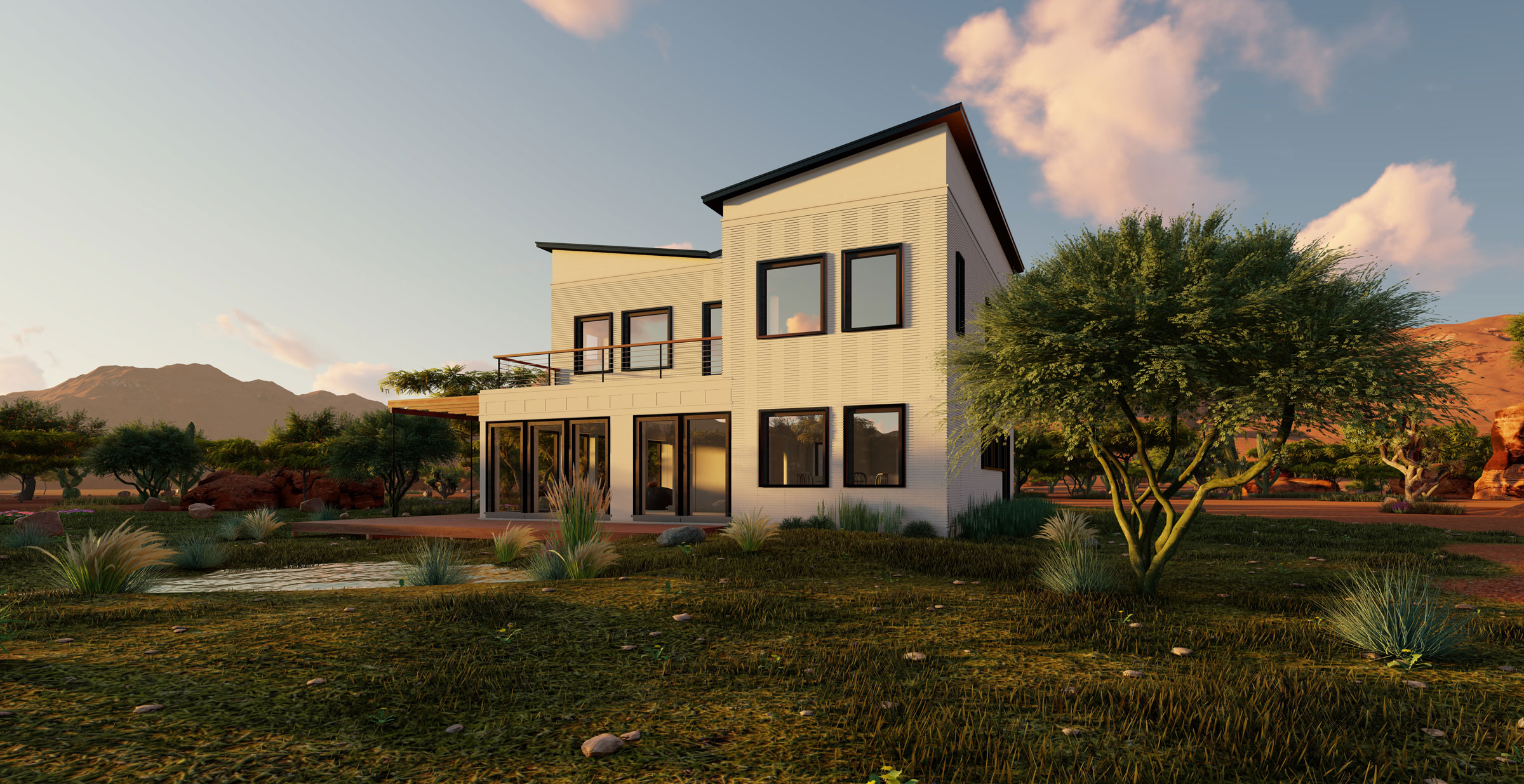Who was Buckminster Fuller and what were his ideas?
Buckminster Fuller (1895-1983) was a visionary designer, architect, inventor, and philosopher. He is best known for his innovative design principles and his vision of a more sustainable and equitable world. His ideas continue to influence contemporary design and architecture, as well as the fields of ecology, engineering, and philosophy.
Fuller was not only an architect and designer, but also a visionary thinker who developed many ideas and theories about how humans can create a better world. One of his key concepts was “abundance,” which he defined as the idea that there are enough resources on the planet to meet the needs of all humans, if we use them efficiently and effectively.
How Fuller conceptualized abundance and its impact on society
For Fuller, abundance was not just about having more material possessions or wealth, but about realizing the potential of human beings to create more with less. He believed that the universe was inherently abundant, and that by harnessing its energy and resources, we could create a better world for all.
Fuller saw abundance as a fundamental principle of nature, and believed that it could be applied to solve the problems of poverty, hunger, and inequality. His vision of abundance was one of cooperation and collaboration, rather than competition and scarcity.
Doing More with Less:
Fuller’s concept of “ephemeralization” and its implications.
Fuller’s concept of “ephemeralization” was a key part of his philosophy of doing more with less. Ephemeralization referred to the ability of technology to produce more and more with less and less material input.
He believed that human beings could achieve greater abundance by reducing waste, increasing efficiency, and using technology to create more sustainable systems. Ephemeralization also involved the idea of miniaturization, or creating smaller and more efficient systems that could do the work of larger, less efficient ones.
Synergy: How Fuller viewed the interconnectedness of systems and the benefits of cooperation.
Fuller’s concept of synergy was based on the idea that everything in the universe is interconnected and that systems work better when they are in harmony with each other. He saw synergy as a way to achieve greater abundance and efficiency, by creating systems that work together in a cooperative and complementary way. For Fuller, synergy was a key part of his vision of a more sustainable and equitable world, where resources were shared and systems were designed to work in harmony with nature.
Implementing Fuller’s Ideas: Practical steps for applying Fuller’s concepts in everyday life.
Implementing Fuller’s ideas can seem daunting, but there are practical steps that anyone can take to incorporate his concepts into their daily life. Here are some examples:
-
- Practice minimalism: Focus on what is essential and eliminate unnecessary possessions and waste.
-
-
- Embrace technology: Use technology to create more sustainable systems and reduce waste.
-
- Collaborate and cooperate: Work with others to create cooperative and complementary systems that achieve greater efficiency and abundance.
-
- Think systemically: Consider the impact of your actions on larger systems, and design solutions that work in harmony with nature.
-
- Challenge the status quo: Don’t be afraid to question established systems and look for innovative solutions to problems.
Fuller’s legacy and continuing relevance.
Buckminster Fuller’s ideas on abundance, doing more with less, and synergy continue to inspire a new generation of designers, architects, and thinkers. His visionary philosophy offers a blueprint for a more sustainable and equitable future, where resources are shared and systems work in harmony with nature. By incorporating Fuller’s ideas we can create a more abundant and fulfilling existence, and contribute to a better world for all.
To apply Fuller’s ideas to your own life and work, here are some steps to consider:
Embrace the idea of abundance, and recognize that there are enough resources on the planet to meet our needs if we use them efficiently and effectively.
Look for ways to “do more with less” in your daily life, by finding ways to use resources more efficiently and reduce waste.
Consider how you can create synergy in your work or personal life, by bringing together different ideas or elements to create something new and innovative.
Explore the concept of design thinking, which encourages a creative and collaborative approach to problem-solving, and which was a key part of Fuller’s philosophy.
By following these steps, you can begin to incorporate the principles of abundance, doing more with less, and synergy into your own life and work, and contribute to a more sustainable and equitable future for all.
Have a project in mind? Send a message.
Connect with us
The times they are a-chagin’
The breakthrough genius of R. Buckminster Fuller was not fully appreciated or understood during his lifetime. He predicted, however, in “Utopia or Oblivion” that we would face precisely the challenges that we face today.
He also put forth specific solutions, and in some ways more importantly, new ways of thinking that are crucially important to our ability to survive and thrive on earth.




